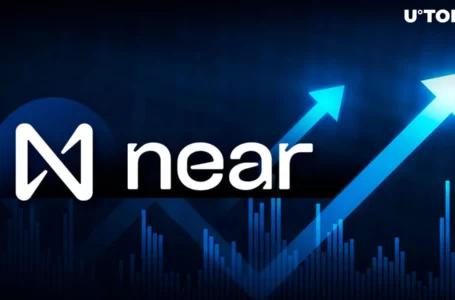
A growing number of people are using trading bots, which are computer programmes created to automate the operations of placing and cancelling orders on centralised and decentralised exchanges. By trade count and total trading volume, they already outpace human traders on several exchanges.
Bots’ dominance on Uniswap (UNI) reached 90%, data says
Over 90% of Uniswap (UNI) trading activity in 2023 will be accounted for by two groups of bots: “regular” trading bots and programmes for sandwich assaults. Arbitrage bots handle 4%–30% of Uniswap (UNI) turnover, whereas sandwich bots handle 58–79% of daily trading activity.
Alice Kohn, an expert in the Ethereum (ETH) ecosystem at renowned on-chain research company Glassnode, presented these estimates. She estimates that only 7% to 28% of Uniswap (UNI) orders are being placed by human traders.
By using a brand-new bot filter tool from Glassnode, this study was conducted. Koch further emphasised the possibility of double counting in some sandwich bot transactions:
For instance, sandwich bots conduct at least two transactions, roughly doubling the amount of one deal compared to humans.
Sandwich bots, also known as “MEV bots,” are used to forward attackers’ transactions in the Ethereum (ETH) mempool in order to frontrun major deals. The owner of a MEV bot benefits from the lower prices since they are completed faster than those of the victim thanks to greater costs.
As previously reported by U.Today, some MEV attackers are successful in earning enormous eight-digit payouts.
Some of them stole more than $25 million from rival frontrunners through the Uniswap (UNI) exchange at the beginning of April 2023.
Here’s how human traders and bots react to increased volatility
Koch monitored the actions of arbitrage bots, sandwich bots, and human traders during times of market exuberance in addition to data on trading volume.
Three groups often exhibit activity at the same time. Trading bots, however, mimic the peaks of human traders’ trading activities.
The USD Coin (USDC) de-pegging in March 2023 saw the most notable increase in trading bot activity. Owners of USDC began exchanging their stablecoins in large numbers as suspicions of the bankruptcy of American banks connected to Circle spread.
The second-largest stablecoin’s price therefore momentarily fell to $0.91.


















